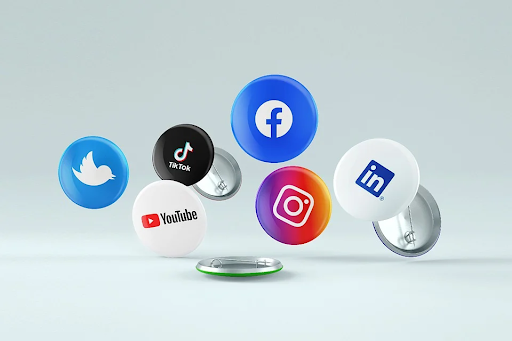How to Optimize Your Social Media Presence

By now, your business or brand needs to have a social media presence – that’s where your current and potential customers are spending a good portion of their time. The bad news? All of your competitors are on social media, too, creating a ton of noise. To get your brand noticed, you need to have a social media presence that stands out as robust and engaging.
Set Some Goals
Social media marketing doesn’t happen in a vacuum. It’s generally a more minor part of a big-picture marketing plan (or at least it should be.) Take a look at that plan and your goals; connect them to your social media presence in ways that make sense. For example, if your plan was to grow your client list, set an objective to expand your social media following. More eyes on your content mean a more significant percentage of followers that become long-term clients.
Zero In On a Target
As much as entrepreneurs want everyone to be their target demographic, that’s rarely ever the reality of owning a business and finding the “ideal customer.” Social media platforms offer data-rich insights on the types of followers your business has, what time they’re using social media, which kind of content they’re engaging with, and so much more. It’s time to apply that quantitative data to help personalize your social media marketing messages.

Authenticity Rules
Sterile, corny social media posts with stock photos are boring, period. Transparency in marketing and advertising has never been more critical, and you can leverage that growing trend to show off your human side. Remember to speak to your followers as humans because that’s what they are. Maybe even try some (appropriate) humor sometimes because you may be surprised at the reaction you get and the followers you add.
Create and Stick to a Calendar
We all know that one cool coworker that never uses Google Calendar, but seems to remember every single meeting date and start time. Unless that coworker is your social media manager, you need an editorial calendar to follow. Scheduling and automating tools make it much easier for you to get a birds-eye view of your social media marketing, freeing you to focus on higher-value work that helps your business grow in other ways.
Strike a Balance
Social selling is rampant, but your social media followers don’t want the hard sell in every post. By helping or offering information, you can grow your social media presence as much as (if not more than) when you push your goods or services. Not all of the content you share should be promotional. Sharing relevant industry news, trends, and resources on social media can open up your presence to fresh, new eyes.

Follow the Trends
This one can be a little tricky, so tread lightly. Trends on social media move fast, which means they could just as quickly fizzle out as blow up in a viral frenzy. Use buzz to create flashy social media content that shows your presence is keeping up with the Joneses, add trending hashtags to your posts for searchability, and reshare visual content that makes social media followers stop their scrolling and start engaging with your business or brand.
Keep the Content Coming
Whatever you decide to create, on whatever social media platform you need to share it, remember to just keep creating and sharing. Original content that your followers want to see is the most tried-and-true way to expand your social media presence and spread your brand’s name.
Content marketing can skyrocket your business’s exposure, helping your prospects know, like, and trust you enough to want to do business with you. However, it can quickly become another burdensome, unproductive marketing tactic that draws your resources and provides a disappointing return.
While managing your content marketing strategy for your company can be done, it will require time, technical know-how, and skills you may not want to devote to making it work. That’s why so many companies outsource their content marketing to professionals.
If you’d like to talk about the role content marketing could play in filling your sales funnel, we’d be delighted to have that conversation. Contact us today to get started!
The post How to Optimize Your Social Media Presence appeared first on Cole Dalton.









